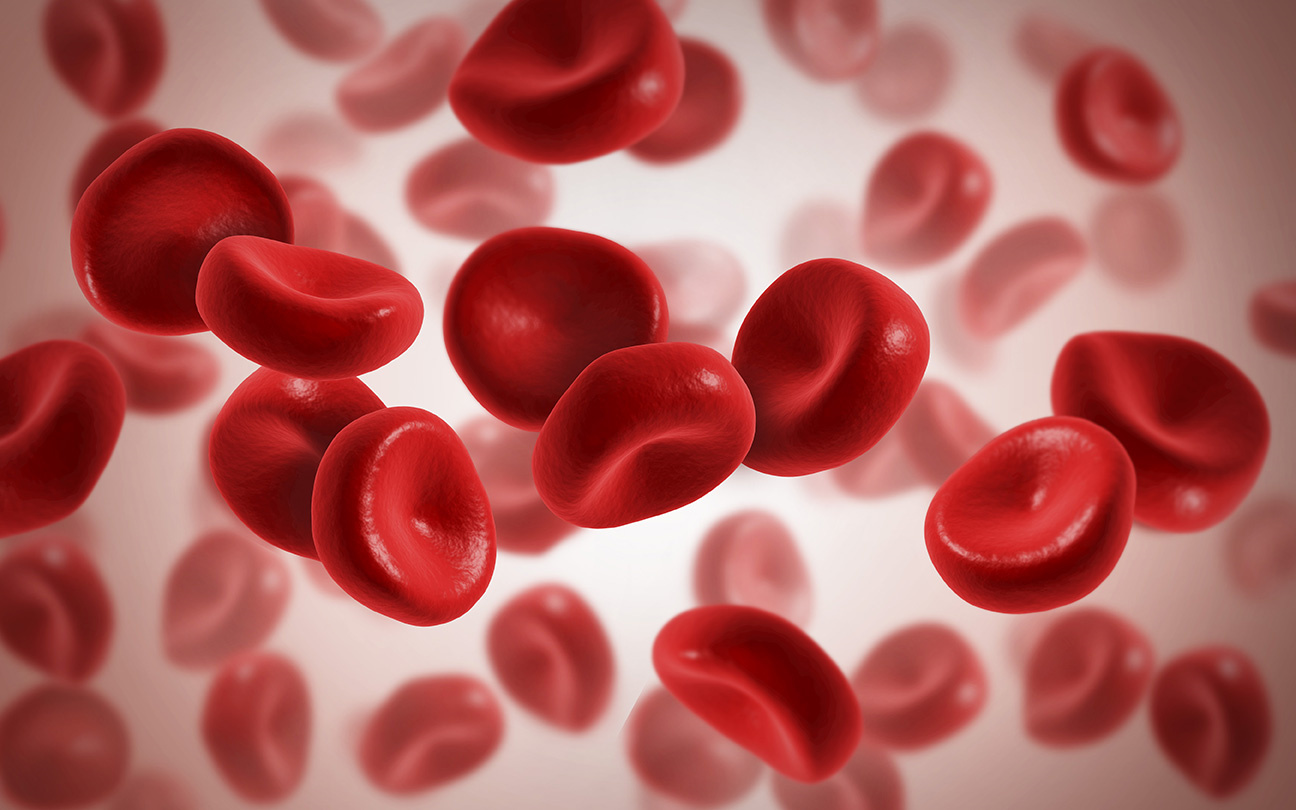Many people think that blood clots are a bad thing.
Cerebral thrombosis and myocardial infarction can cause a stroke, paralysis or even sudden death in a lively person.
Really?
In fact, thrombus is just the normal blood clotting mechanism of the human body. If there is no thrombus, most people will die due to "excessive blood loss".
Each of us has been injured and bleeds, such as a small cut on the body, which will soon bleed. But the human body will protect itself. In order to prevent bleeding until death, the blood will slowly coagulate at the bleeding site, that is, the blood will form a thrombus in the damaged blood vessel. This way, no more bleeding.
When the bleeding stops, our body will slowly dissolve the thrombus, allowing the blood to circulate again.
The mechanism that produces the thrombus is called the coagulation system; the mechanism that removes the thrombus is called the fibrinolytic system. Once a blood vessel is damaged in the human body, the coagulation system is activated immediately to prevent continued bleeding; once a thrombus occurs, the fibrinolytic system that eliminates the thrombus will be activated to dissolve the blood clot.

The two systems are dynamically balanced, ensuring that the blood neither coagulates nor bleeds too much.
However, many diseases will lead to abnormal function of the coagulation system, as well as damage to the intima of the blood vessel, and blood stasis will make the fibrinolytic system too late or insufficient to dissolve the thrombus.
For example, in acute myocardial infarction, there is thrombosis in the heart blood vessels. The condition of the blood vessels is very poor, there are various intima damage, and there are stenosis, coupled with stagnation of blood flow, there is no way to dissolve the thrombus, and the thrombus will only get bigger and bigger.
For example, in people who are bedridden for a long time, the local blood flow in the legs is slow, the intima of the blood vessels is damaged, and a thrombus is formed. The thrombus will continue to dissolve, but the dissolving speed is not fast enough, it may fall off, flow back into the pulmonary artery along the blood system, get stuck in the pulmonary artery, and cause pulmonary embolism, which is also fatal.
At this time, in order to ensure the safety of patients, it is necessary to artificially perform thrombolysis and inject drugs used to promote thrombolysis, such as "urokinase". However, thrombolysis generally needs to be performed within a short time of thrombosis, such as within 6 hours. If it takes a long time, it will not dissolve. If you increase the use of thrombolytic drugs at this time, it may cause bleeding in other parts of the body.
The thrombus cannot be dissolved. If it is not completely blocked, a "stent" can be used to "pull open" the blocked blood vessel to ensure smooth blood flow.
However, if the blood vessel is blocked for a long time, it will cause ischemic necrosis of important tissue structures. At this time, only by "bypassing" other blood vessels can be introduced to "irrigate" this piece of tissue that has lost its blood supply.
Bleeding and coagulation, thrombosis and thrombolysis, it is the delicate balance that maintains the body's metabolic activities. Not only that, there are many ingenious balances in the human body, such as the sympathetic nerve and the vagus nerve, to maintain people's excitability without being too excited; insulin and glucagon regulate people's blood sugar balance; calcitonin and parathyroid hormone regulate people blood calcium balance.
Once the balance is out of balance, various diseases will appear. Most diseases in the human body are essentially caused by loss of balance.


 Business card
Business card Chinese WeChat
Chinese WeChat